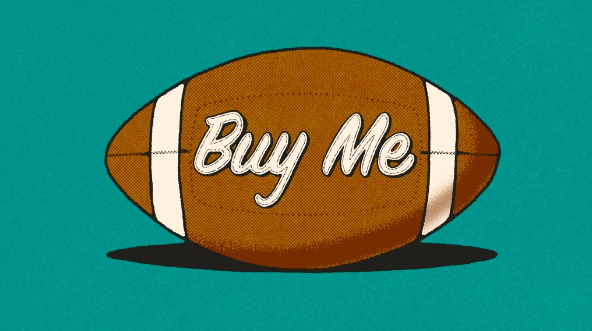Does investing in the Super Bowl pay off?
This weekend we witnessed one of the biggest sporting events of the year with a great win for The Kansas City Chiefs, as well as the most expensive 30 seconds of sports TV advertising in history.
But is advertising at the Super Bowl worth it? In this week’s blog Stefan Schafer, Director at Incite, explores whether investing in the Super Bowl pays off.

As the 2023 Super Bowl approached, anticipation was building not only for the game itself, but also for the advertisements that have become a cultural phenomenon in their own right. With a price tag in the millions for a 30-second spot, companies always bring their A-game to create memorable and effective ads that stick with viewers long after the game is over.
However, in recent years there has been great debate around how these TV spots compare to the advertising space that could be bought in digital media or other traditional media for the same amount.
Why should we be sceptical about Super Bowl advertising?
To put this question into context, the cost of a 30 second Super Bowl advertisement for 2023 was $7million (a 7.7% increase on 2022). Despite the digital revolution and the continuous move towards bite-sized, personalised and highly targeted content, placing an ad during the Super Bowl is still highly sought after.
But what else could an equivalent budget offer in other channels? According to Digiday, $7m could buy 127.2 million impressions on Netflix, 1.64 billion impressions on TikTok, 56 full page print ads, or perhaps a handful of Instagram posts from Cristiano Ronaldo.
Last year, in what was dubbed the ‘Crypto Bowl’, FTX, Coinbase, Crypto.com and eToro demonstrated their financial muscle with a flurry of ads featuring Larry David, Tom Brady, and LeBron James in a rush to build market share, awareness and trust. Despite this, these brands have seen their values tumble since.
This year we noted a return to more traditional brands such as beer and snacks, and Super Bowl 2023 did not feature a single crypto currency advertisement.
So we have reason to be sceptical: there are lots of other ways to achieve the same comparable reach; brands that have advertised at the Super Bowl in the recent past have nevertheless managed to find ways to fail spectacularly; and even amongst more traditional advertisers there seems to be no consensus about what you are supposed to do with a Super Bowl ad.
So does investing in the Super Bowl pay off?
Despite the issues above, the answer is yes.
In their paper on Super Bowl ads, the authors Wesley Hartmann of Stanford University and Daniel Klapper of Humboldt University in Germany found that the benefits of Super Bowl ads linger in the months following the annual game, with sales boosts during other major sporting events.
How does the Super Bowl do it?
But if the Super Bowl isn’t the only way to reach lots of people, what is it about these kinds of top-tier advertising spots that explains their value to brands?
Our view is that there are three factors in play:
1 / The ads reach a (relatively) captive audience
As Mark Ritson wrote a couple of years ago on the worth of Super Bowl advertising:
“Compare a Super Bowl ad with feeble Facebook ads, which were being touted as an alternative this weekend, and you begin to see how TV might just be worth the ridiculous premium. It’s not just 110 million people, it’s 110 million people being served 100% of pixels of the ad, full screen, full volume, to multiple people, who are concentrating on the screen, looking forward to the content, then talking about it afterwards.”
2 / Who want to talk about the ads
The Super Bowl is a cultural event that generates a lot of buzz and attention leading up to and following the game. This means that advertisers have the potential to generate a lot of media coverage and social media buzz around their ads, amplifying their impact and ROI.
3/ And their costliness is part of their value
Perhaps most confounding for cost-conscious advertisers, Rory Sutherland argues that one of the primary functions of advertising is to serve as what evolutionary biologists (and the TV advertising industry) call “costly signalling”. In the same way that a peacock’s functionless but beautiful plumage demonstrates its supreme good health to potential mates, the fact that a brand can afford to waste its money on the priciest ad spots on US television communicates something about the brand. It is implicitly communicating value, importance and relevance simply by being there, not to mention publicly committing to its confidence in its product.
Although advertising at big ticket events like the Super Bowl may not be on the cards for every brand, it does demonstrate some of the mechanisms by which this type of big-budget ad spending works – and most are nothing to do with simple reach.
As always, for help with deciding where your brand should invest, please get in touch.




